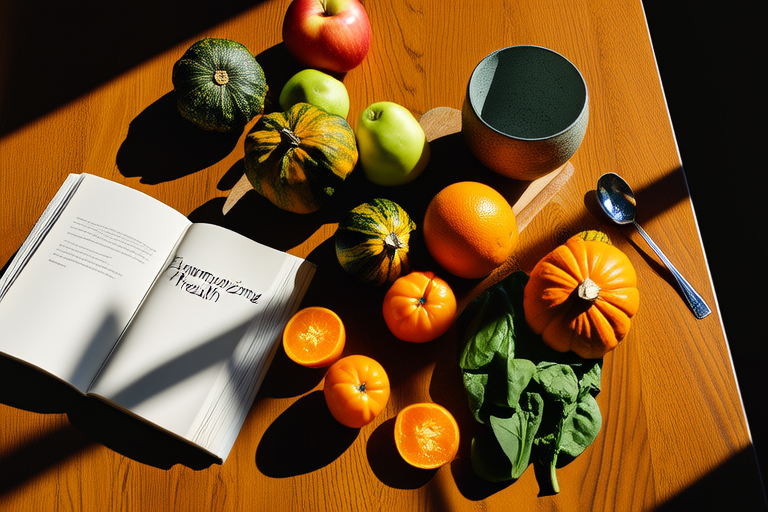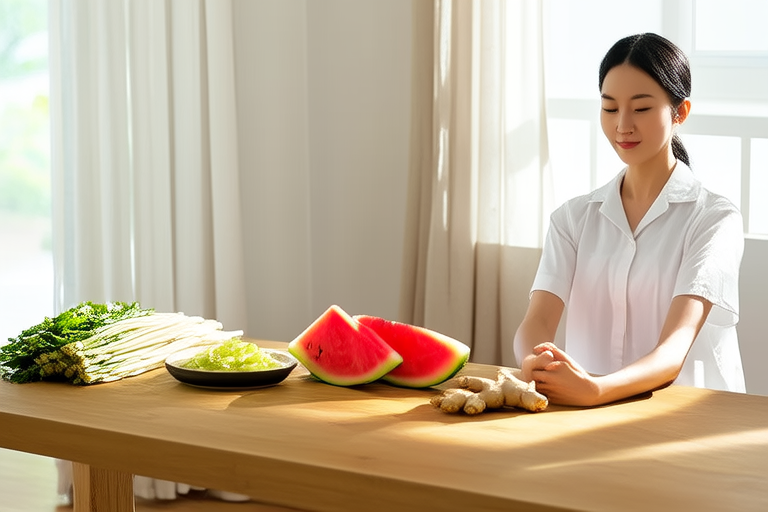Seasonal Strategies: Mastering Health Preservation Across the Four Seasons
As the Earth rotates through its annual cycle, each season brings unique environmental changes that influence our physical and mental well-being. Adapting our health practices to these shifts is essential for maintaining balance and vitality throughout the year. From adjusting our diets to modifying exercise routines and nurturing mental wellness, seasonal strategies can help us thrive in harmony with nature. This article explores practical advice tailored to spring, summer, autumn, and winter, focusing on diet, exercise, mental well-being, and preventive care.
Spring: Awakening and Renewal
Spring symbolizes renewal and growth, making it an ideal time to reset and revitalize your health practices.
Diet
As fresh produce becomes more abundant, focus on incorporating leafy greens, sprouts, and seasonal fruits like strawberries and oranges into your meals. These foods are rich in antioxidants and vitamins, which support detoxification and boost immunity after the winter months. Incorporate light, easily digestible meals such as salads, soups, and steamed vegetables to align with the body’s natural inclination toward cleansing during this season.
Exercise
Spring is perfect for outdoor activities that reconnect you with nature. Consider brisk walking, cycling, or yoga in the park to invigorate your body and mind. Gentle stretching exercises can also help release stiffness accumulated during the colder months, improving flexibility and circulation.
Mental Well-being
The longer daylight hours and warmer weather can elevate mood, but spring allergies or unpredictable weather may cause stress. Practice mindfulness techniques such as meditation or deep breathing to stay grounded. Journaling about your goals and aspirations for the year ahead can also foster a sense of purpose and motivation.
Preventive Care
Spring is an excellent time for a health check-up to address any lingering issues from winter. Schedule routine screenings and vaccinations, and consider consulting a nutritionist to fine-tune your diet for the upcoming seasons.
Summer: Embracing Vitality and Energy
Summer radiates energy and warmth, encouraging us to embrace an active lifestyle while staying mindful of the challenges posed by heat and humidity.
Diet
Hydration is key during summer. Drink plenty of water and consume hydrating foods like cucumbers, watermelon, and citrus fruits. Opt for lighter meals such as salads, smoothies, and grilled vegetables to avoid feeling sluggish in the heat. Limit caffeine and alcohol intake, as they can contribute to dehydration.
Exercise
Take advantage of the extended daylight by engaging in outdoor activities like swimming, hiking, or morning runs. However, be mindful of the heat—exercise during cooler parts of the day, wear breathable clothing, and always carry water to prevent overheating or dehydration.
Mental Well-being
While summer often brings joy, it can also lead to burnout due to packed schedules and social obligations. Prioritize rest and relaxation by setting boundaries and scheduling downtime. Engage in calming activities such as reading, gardening, or spending time near water to recharge mentally.
Preventive Care
Protect your skin from harmful UV rays by wearing sunscreen and protective clothing. Regularly inspect your skin for unusual moles or spots and consult a dermatologist if needed. Additionally, safeguard against insect bites by using repellents and wearing appropriate attire during outdoor adventures.
Autumn: Transition and Balance
Autumn marks a transition from the high energy of summer to the introspective calm of winter. It’s a time to prepare both physically and mentally for the cooler months ahead.
Diet
Incorporate warming, nutrient-dense foods like root vegetables, squash, apples, and pears into your diet. These foods provide essential vitamins and minerals to strengthen immunity as temperatures drop. Spices such as cinnamon, ginger, and turmeric not only add flavor but also offer anti-inflammatory benefits.
Exercise
As days grow shorter, shift your focus to indoor workouts like Pilates, strength training, or dance classes. Outdoor activities like hiking or raking leaves can still be enjoyable ways to stay active while appreciating autumn’s beauty. Balance intense workouts with restorative practices like tai chi or gentle yoga to maintain equilibrium.
Mental Well-being
The changing landscape and reduced sunlight can sometimes trigger feelings of melancholy. Combat seasonal blues by establishing a consistent routine, practicing gratitude, and staying connected with loved ones. Creative outlets like painting or writing can also serve as therapeutic tools for self-expression.
Preventive Care
Autumn is an opportune time to bolster your immune system before flu season hits. Ensure you’re up-to-date on vaccinations and prioritize adequate sleep to enhance resilience. Regular handwashing and avoiding close contact with sick individuals can further reduce the risk of illness.
Winter: Rest and Reflection
Winter invites us to slow down, conserve energy, and reflect inward. While the cold weather presents challenges, it also offers opportunities for nurturing self-care.
Diet
Focus on hearty, comforting foods like soups, stews, and whole grains to sustain energy levels. Include healthy fats such as avocados, nuts, and olive oil to support brain function and keep skin hydrated in dry indoor environments. Vitamin D-rich foods like fatty fish or fortified dairy products can compensate for limited sun exposure.
Exercise
Stay active indoors with activities like home workouts, virtual fitness classes, or even dancing to your favorite music. If venturing outside, dress in layers to protect against the cold and choose low-impact exercises like snowshoeing or walking. Consistency is key—even short bursts of movement can make a difference.
Mental Well-being
Combat winter blues by creating a cozy environment at home with warm lighting, soft blankets, and soothing scents like lavender or vanilla. Maintain social connections through virtual meetups or small gatherings. Mindfulness practices like guided meditations or progressive muscle relaxation can alleviate stress and promote inner peace.
Preventive Care
Monitor your mental health closely, as seasonal affective disorder (SAD) can occur during winter. Seek professional help if symptoms persist. Keep your living space well-ventilated to reduce the spread of germs, and continue prioritizing hygiene practices like regular handwashing.
Conclusion
Adapting our health practices to the rhythms of the four seasons allows us to live in harmony with nature and optimize our well-being year-round. By tailoring our diets, exercise routines, mental health strategies, and preventive care to each season’s unique demands, we can cultivate resilience, vitality, and balance. Whether embracing the renewal of spring, the vibrancy of summer, the transition of autumn, or the quiet reflection of winter, remember that small, intentional adjustments can yield profound benefits for your overall health and happiness.










